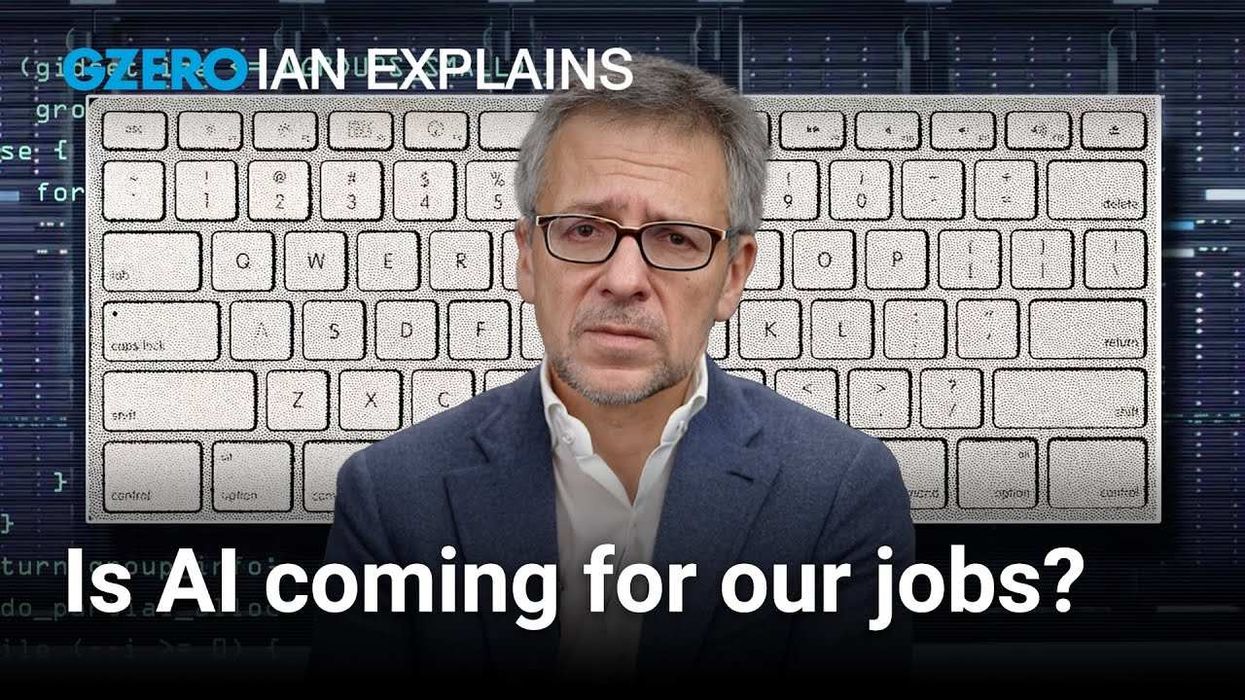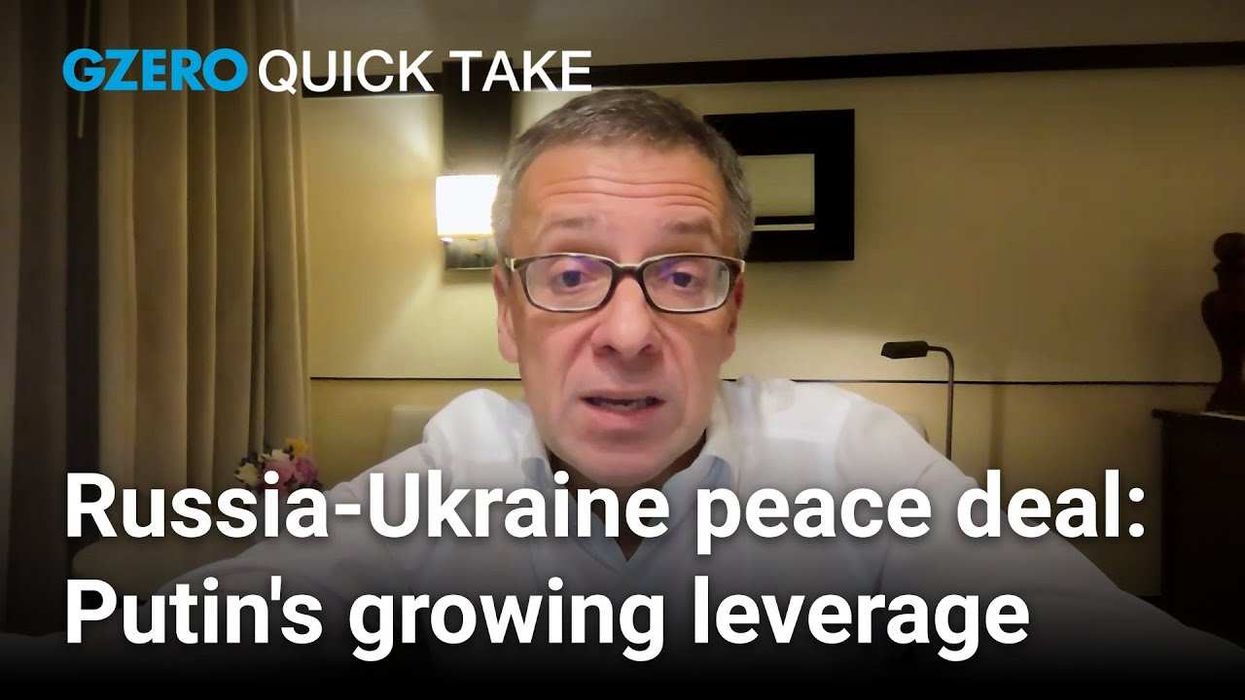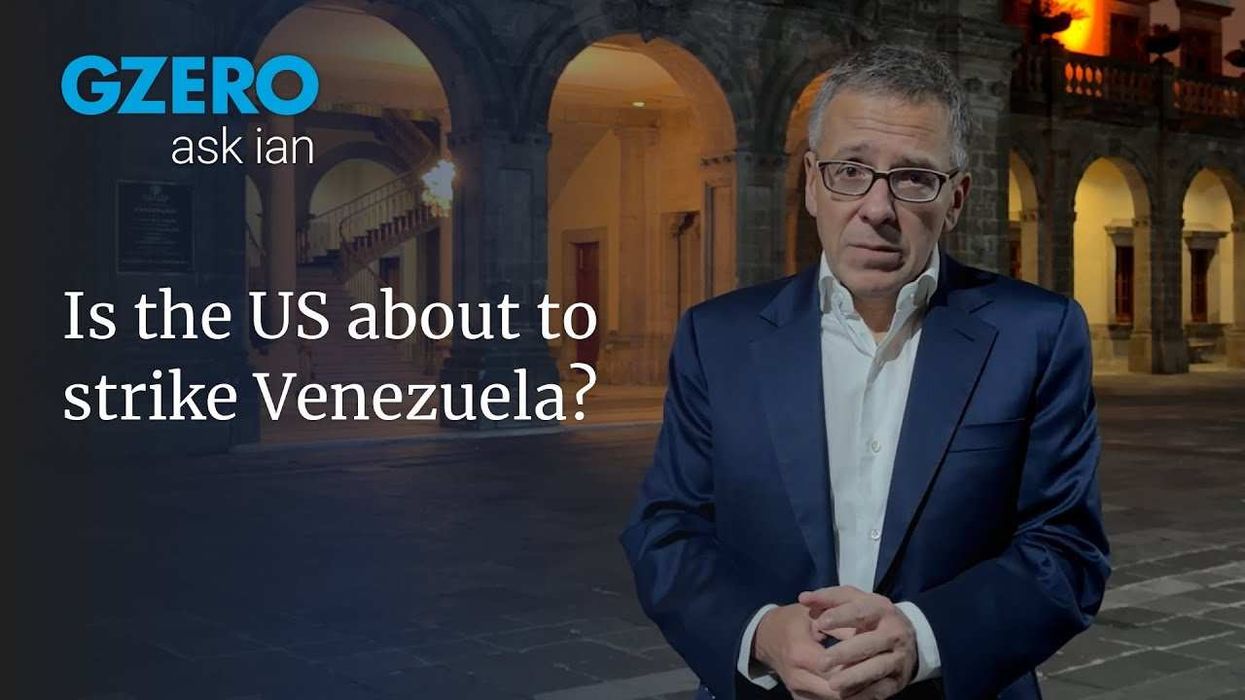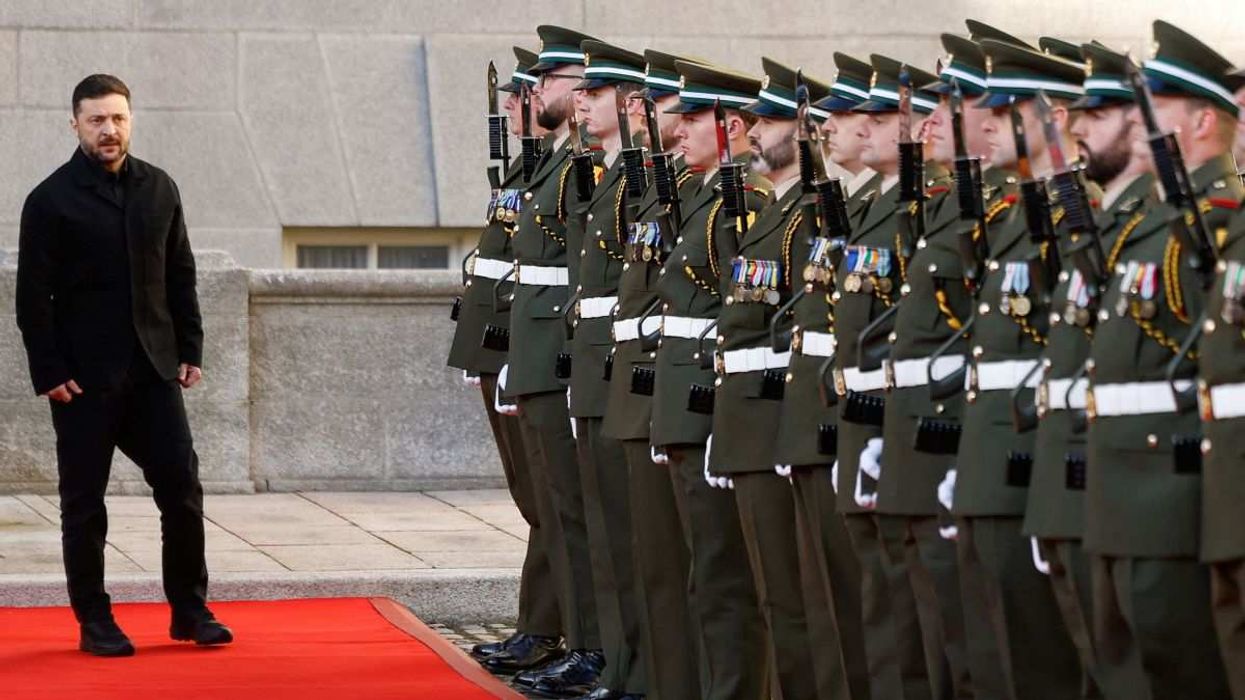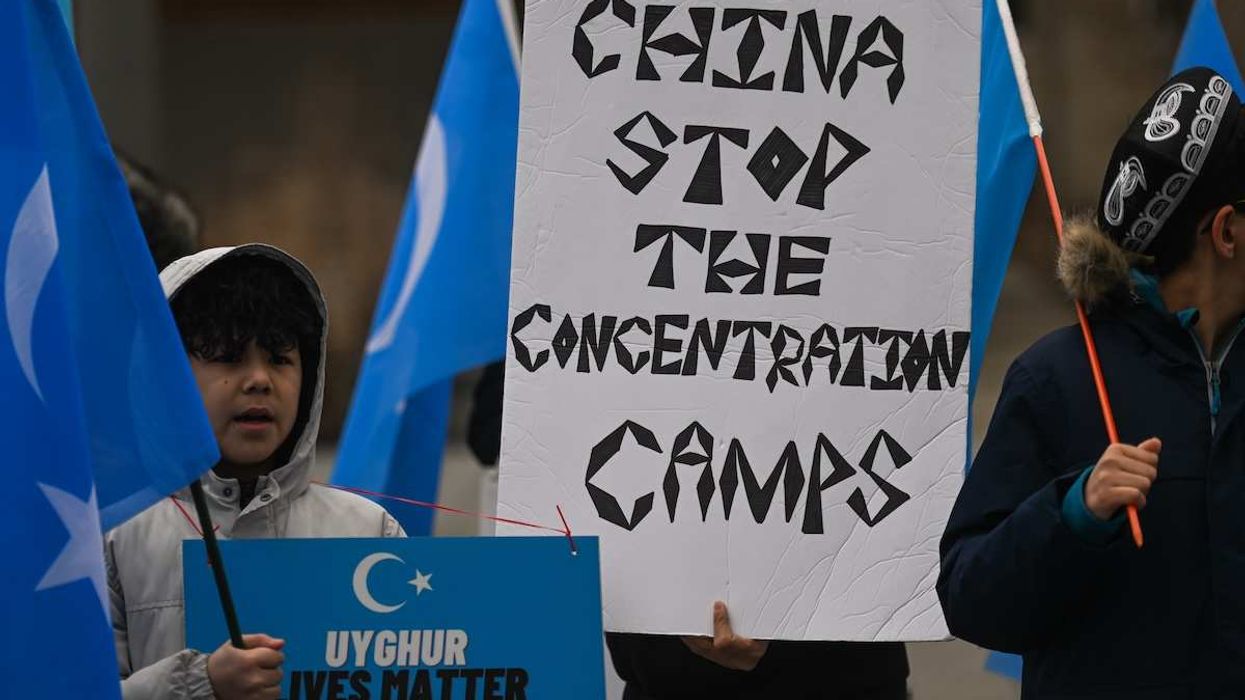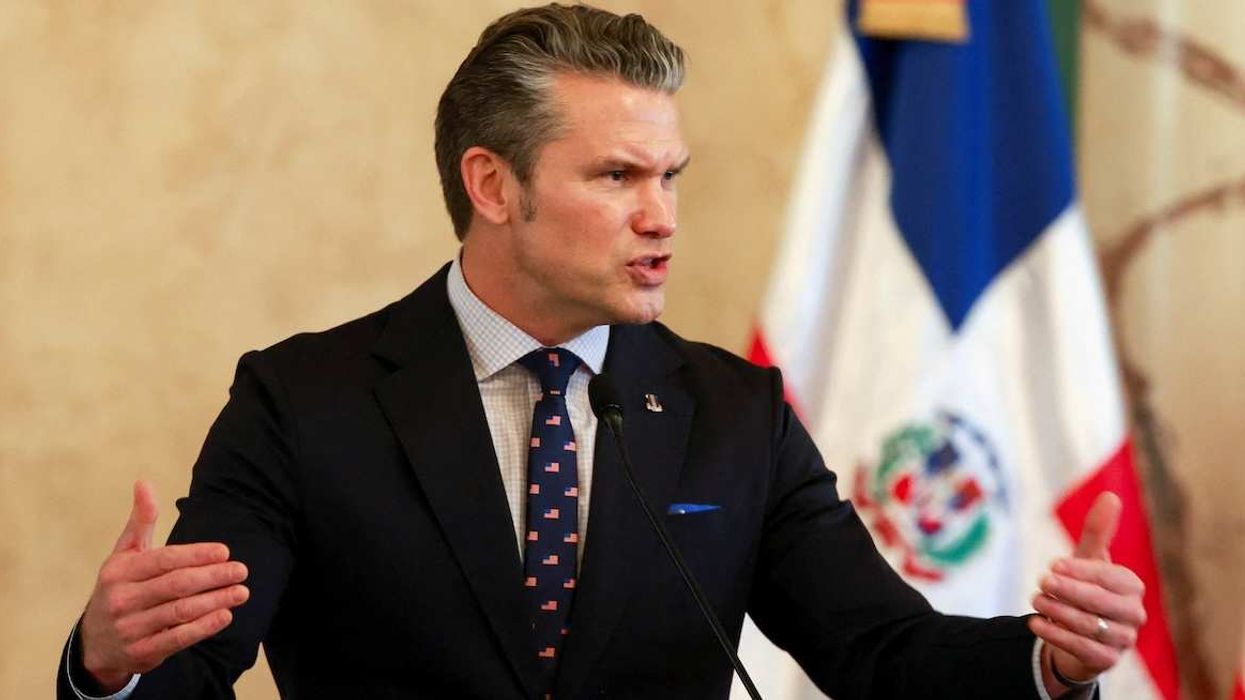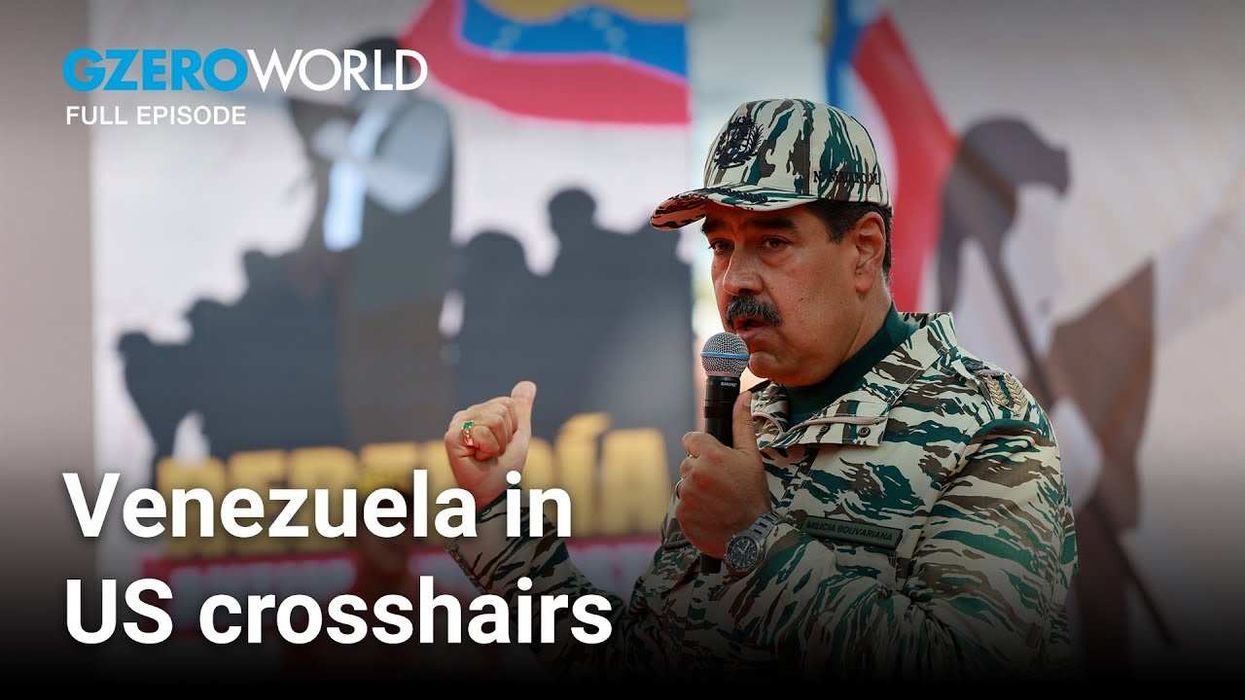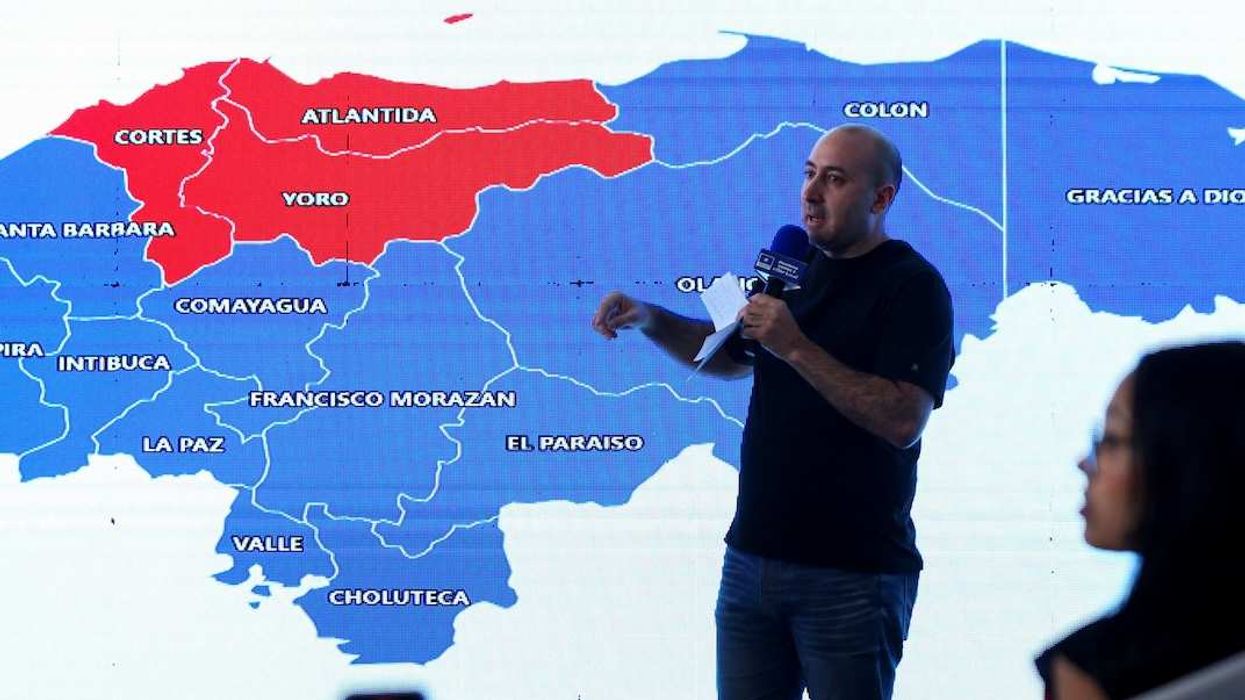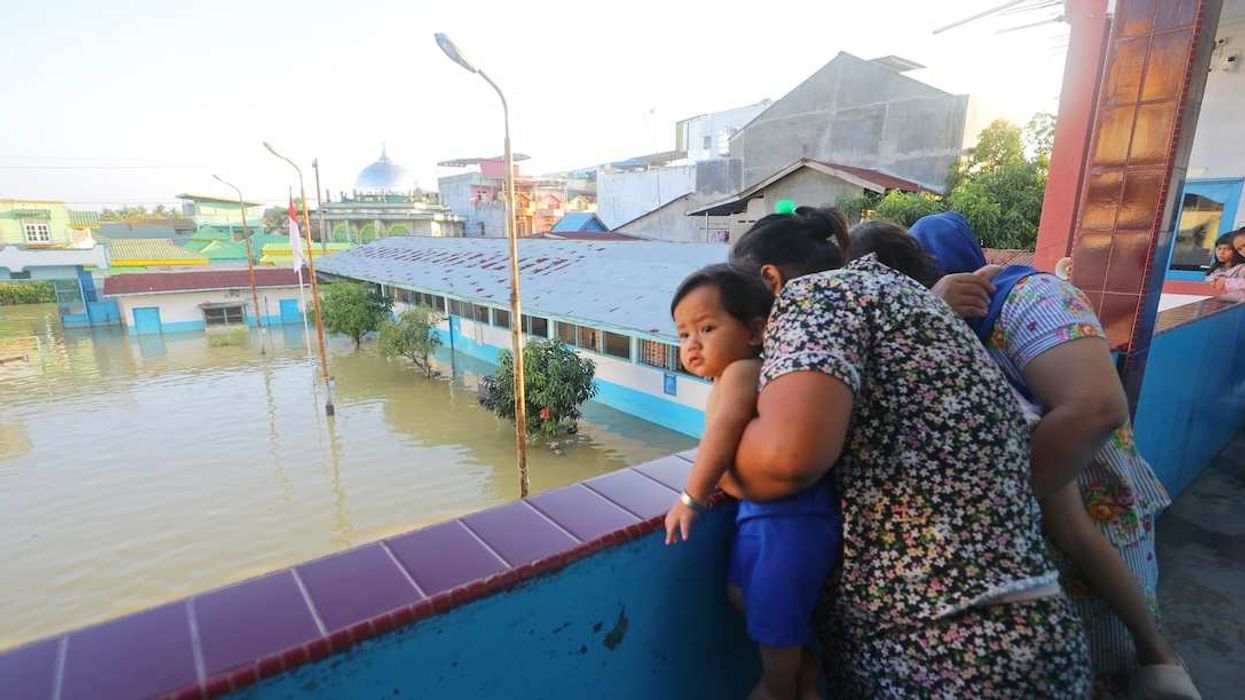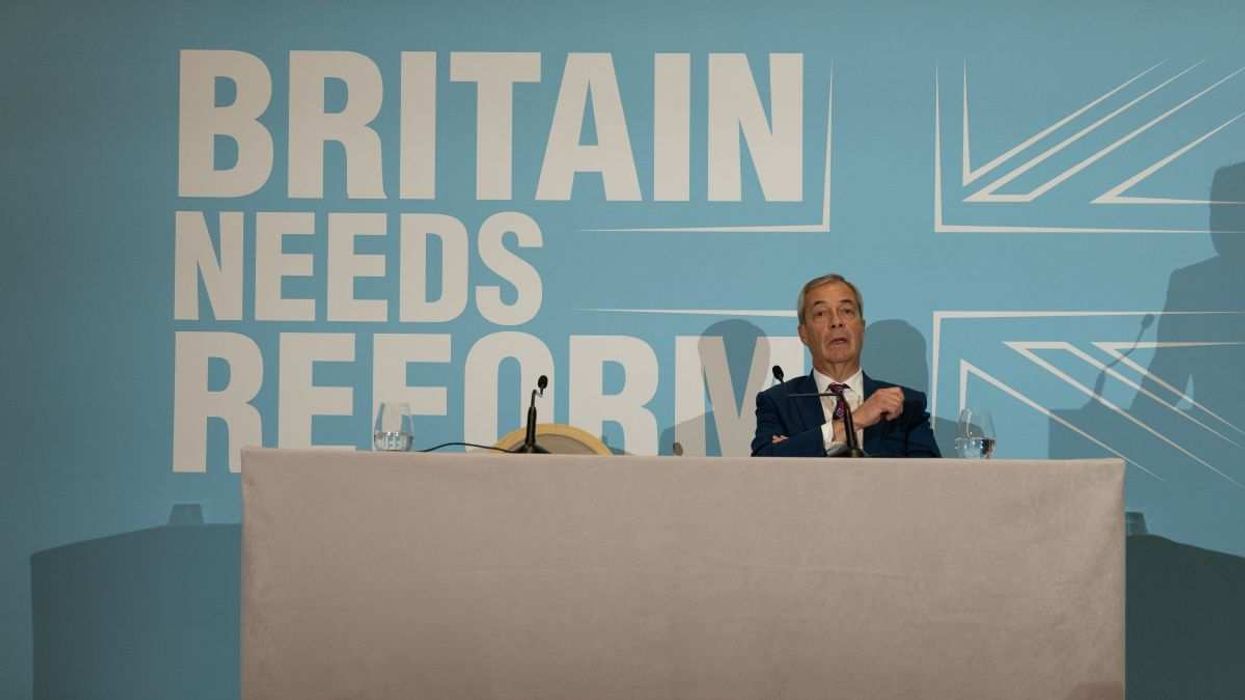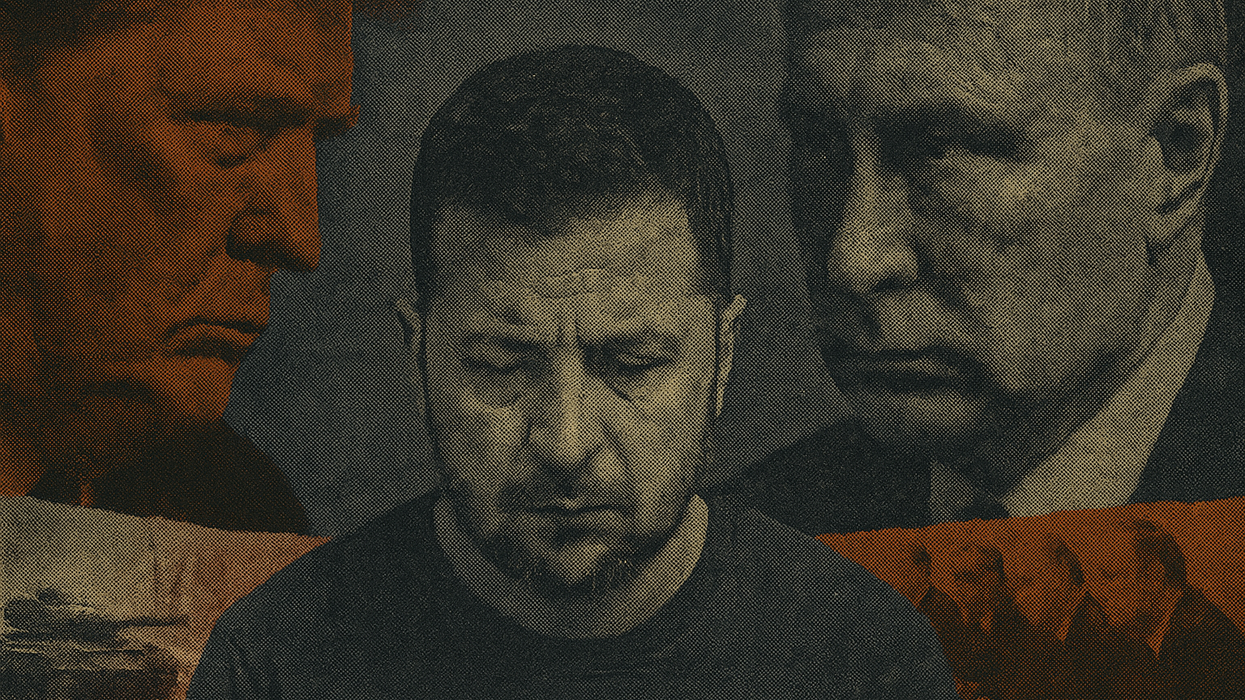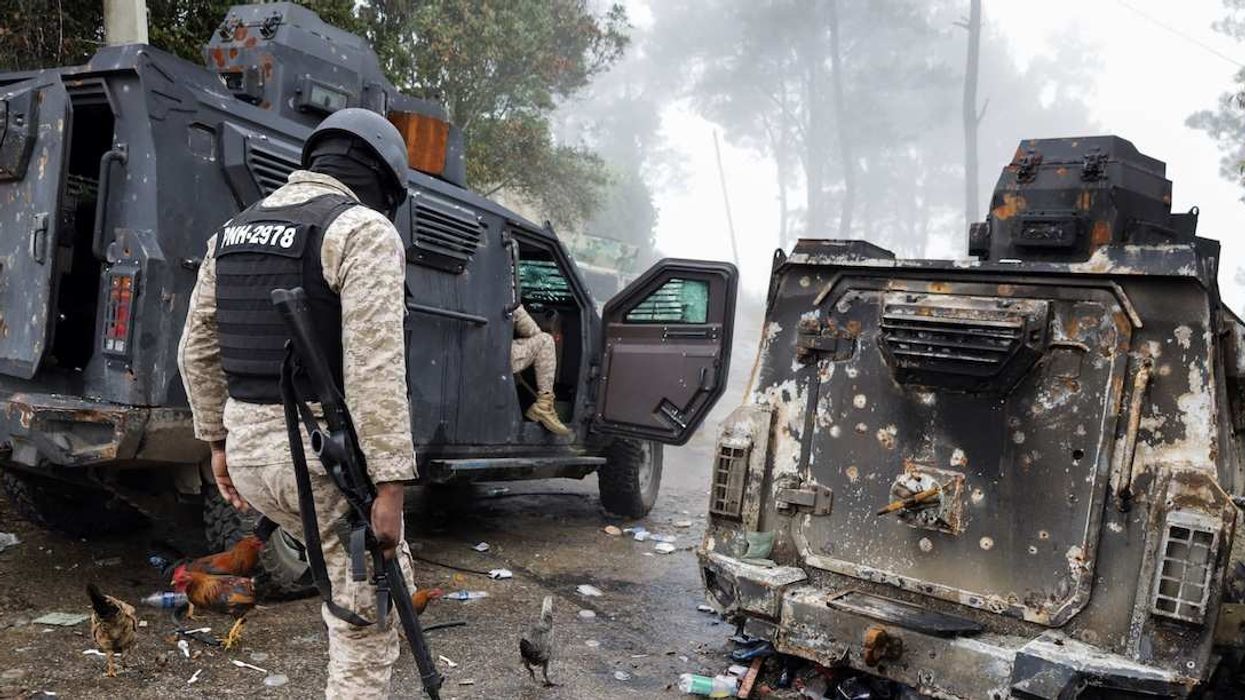When a country hits rock bottom financially, the International Monetary Fund is meant to step in with funds to stabilize the economy without damaging its society — or the gender gap. But studies show that these programs often push women out of work at a disproportionate rate to men as the economy contracts.
Alongside this week’s World Bank-IMF Annual Meetings in Washington, DC, the IMF held a policy forum on Tuesday to discuss a new tool called Gender Impact Assessments, which are designed to help build more equitable programs — and protect some of the world’s most vulnerable women.
How do IMF programs hurt women’s opportunities? In any intervention, the IMF has to consider political practicalities in its policy recommendations. All too often, said Farah Al Shami, program director for social protection at the Arab Reform Initiative, “Austerity is politically easier than implementing tax reform.” Citing examples of governments in the Middle East and North Africa, which already spend proportionally less than peer countries on social services and safety nets and have higher female unemployment, she explained that austerity measures push more women than men out of the workforce as the economy contracts, while also reducing the benefits they need. Even more politically palatable ways to raise revenue, like value-added taxation, can disproportionately burden poor women due to their regressive nature.
Why are women forgotten? Tara Povey, the gender equality and macroeconomics project lead at the Bretton Woods Project, said the approach to gender has been too “scattershot” and often falls down the priority list in negotiations. The IMF’s Gender and Inclusion Deputy Unit Chief Monique Newiak, meanwhile, said that even when gender considerations are taken into account, too much of the focus is placed on metrics like labor force participation and not enough on social aspects like child marriage and gender-based violence.
How could Gender Impact Assessments help? By reorganizing the program development process to include key questions about women — including whether policies could force more unpaid family labor on women, monopolize women’s time, or lead to more hiring discrimination — the IMF can begin tailoring more inclusive programs. Rather than suffering social setbacks, the Fund could ensure that women are at the very least not harmed, and ideally set up for greater success in a recovered economy.


